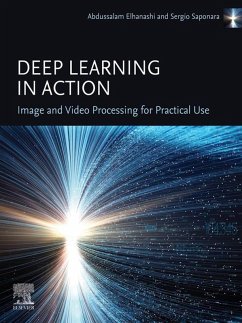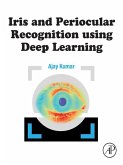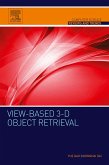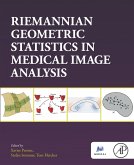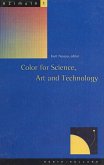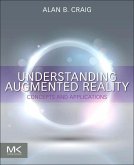Artificial intelligence technology has entered an extraordinary phase of fast development and wide application. The techniques developed in traditional AI research areas, such as computer vision and object recognition, have found many innovative applications in an array of real-world settings. The general methodological contributions from AI, such as a variety of recently developed deep learning algorithms, have also been applied to a wide spectrum of fields such as surveillance applications, real-time processing, IoT devices, and health care systems. The state-of-the-art and deep learning models have wider applicability and are highly efficient. Deep Learning in Action: Image and Video Processing for Practical Use provides a comprehensive and accessible resource for both intermediate to advanced readers seeking to harness the power of deep learning in the domains of video and image processing. The book bridges the gap between theoretical concepts and practical implementation by emphasizing lightweight approaches, enabling readers to efficiently apply deep learning techniques to real-world scenarios. It focuses on resource-efficient methods, making it particularly relevant in contexts where computational constraints are a concern. - Provides step-by-step guidance on implementing deep learning techniques, specifically for video and image processing tasks in real-world scenarios - Emphasizes lightweight and efficient approaches to deep learning, ensuring that readers learn techniques that are suited to resource-constrained environments - Covers a wide range of real-world applications, such as object detection, image segmentation, video classification - Offers a comprehensive understanding of how deep learning can be leveraged across various domains - Encourages hands-on experience that can be applied to the concepts to existing projects
Dieser Download kann aus rechtlichen Gründen nur mit Rechnungsadresse in A, B, BG, CY, CZ, D, DK, EW, E, FIN, F, GR, HR, H, IRL, I, LT, L, LR, M, NL, PL, P, R, S, SLO, SK ausgeliefert werden.

